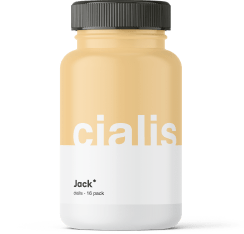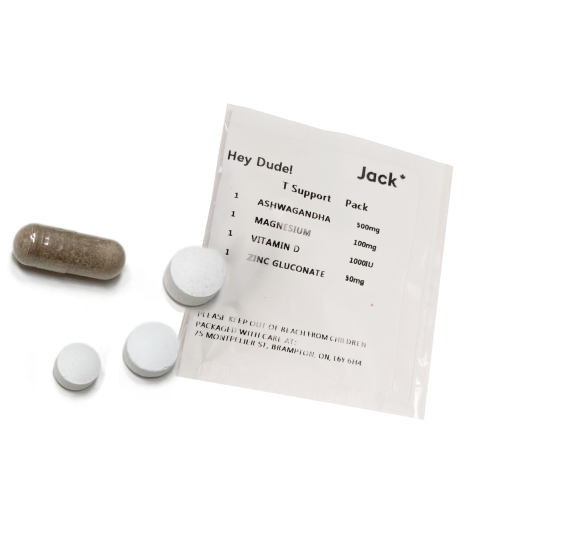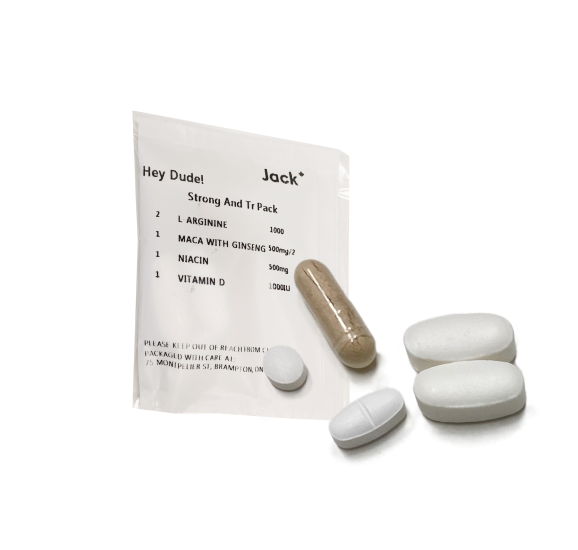There’s no best time of the day to take Mounjaro. The best time of day to use the medication is whatever time is most convenient for you, because the medication should be administered consistently once a week. Just pick a day of the week and inject the medication on that day every week. Any time of the day is fine, and it also doesn’t matter if you ate or not.
This section delves into the importance of timing in administering Mounjaro, offering insights and guidance to help you optimize its impact on your health. Whether you’re considering morning, afternoon, or evening doses, understanding the best time to take Mounjaro can significantly enhance its efficacy and align with your overall treatment plan.
What is Mounjaro?
Mounjaro, a significant advancement in treatment, has garnered attention for its effectiveness. It’s essential to understand this drug and how it can align with your health goals.
When is the Best Time to Take Mounjaro?
Choosing the right moment to take Mounjaro, a medication pivotal in the treatment of diabetes and weight management, is more than just a matter of routine—it’s a key component in the journey towards better health.
Whether it’s aligning with your body’s natural rhythms, coordinating with meal times, or considering other medications, understanding the best time to take Mounjaro is essential for achieving optimal results and enhancing your overall well-being.
Should I Take Mounjaro in the Morning or at Night?
While Mounjaro is a once-a-week injection, people often wonder if there’s a best time of day to take it. The good news is that you can inject it any time of day. But it’s important to inject it on the same day each week. If you’re having trouble remembering which day is your injection day, try marking it on a calendar.
Determining the optimal time to take Mounjaro can be crucial. Whether in the morning or at night, the timing can affect its efficacy.
When Should You Take Your Dose?
The timing of your Mounjaro dose is not just a detail but a significant aspect of your treatment plan. Understanding the best time to take your dose is key to ensuring that Mounjaro works effectively in harmony with your body’s needs and your lifestyle, ultimately contributing to the success of your treatment.
Does the Time You Take This Medicine Matter?
You’ll usually inject a dose once per week at any time of day. It doesn’t matter whether you eat around the time you inject your dose. The following are general instructions for injecting Mounjaro. Your doctor or pharmacist can demonstrate how to give yourself an injection. Just be sure to inject Mounjaro on the same day each week.
Timing and Food Intake for Optimal Absorption Rates
Coordinate your Mounjaro intake with meals to maximize absorption. Adjust your schedule to find what works best for your body.
When taking Mounjaro, focusing on nutrient-dense foods is key. Your meals should ideally be a balanced mix of lean protein, fiber, and healthy fats, ensuring you stay full and content. Below is a curated list of the most beneficial foods to include in your diet while on Mounjaro.
- Lean Proteins: The required amount varies based on factors like age, weight, gender, and physical activity. Opt for skinless poultry, fish, egg whites, tofu, and various beans for lean protein sources.
- Whole Grains: These are more satiating than refined carbs due to their higher fiber content. Good choices include whole wheat pasta, brown rice, oats, barley, and quinoa.
- Non-Starchy Vegetables: Excellent for managing weight and blood sugar, these veggies typically have around 5 grams of carbs per serving. Examples are asparagus, broccoli, cauliflower, green beans, leafy greens, cucumbers, and carrots.
- Fruits: Rich in fiber, vitamins, and minerals, fruits are a nutritious choice. Prefer fresh or unsweetened frozen varieties like blueberries, raspberries, strawberries, apples, pears, and citrus fruits.
- Healthy Fats: Foods rich in monounsaturated and polyunsaturated fats, such as olive oil, avocado oil, fatty fish, nuts, seeds, and whole grains, are beneficial.
- Nuts & Seeds: These are excellent sources of healthy fats, protein, fiber, vitamins, and minerals. Keep an eye on portion sizes due to their high-calorie content. Walnuts, almonds, pumpkin seeds, and sunflower seeds are great options.
- Legumes & Beans: High in fiber and plant-based protein, legumes and beans like lentils, split peas, black beans, chickpeas, and edamame can aid in weight loss.
- Dairy & Dairy Alternatives: Low-fat dairy products provide protein and can support weight loss. Options include milk, yogurt, cheese, and dairy-free alternatives like soy milk.
- Fermented Foods: These foods undergo fermentation by beneficial bacteria, which can enhance gut health and aid in weight management. Include kefir, sauerkraut, kimchi, kombucha, tempeh, and miso in your diet.
To maximize the effectiveness of Mounjaro, it’s essential to be mindful of your diet. Discover which foods to avoid while taking Mounjaro by exploring our informative article, ensuring you make the best dietary choices for your health.
Types of Mounjaro Doses
Navigating through the various dosing options of Mounjaro is a crucial step in tailoring your diabetes and weight loss treatment. Understanding these options is key to finding the right balance in your treatment regimen, ensuring that the medication aligns effectively with your specific health needs and goals. Each type of Mounjaro dose offers unique benefits and considerations.
Understanding the various dosing options for Mounjaro is crucial for effective treatment. For more in-depth information and to help you navigate these choices, check out our detailed guide on Mounjaro dosage.
Liquid Formulations or Pens
The drug comes as a liquid solution that you inject under your skin, typically once per week.
Administering Mounjaro through injection involves a set of straightforward steps. It’s advisable to have your doctor or pharmacist show you the proper technique, or you might have a caregiver trained to assist you with the injection.
- Selecting the Injection Site: Opt for a spot on your abdomen or the front of your thigh. Caregivers may also administer the injection in the back of your upper arm. Ensure the chosen area is clean, dry, and free from any broken, discolored, or hardened skin.
- Preparing the Mounjaro Pen: Verify that the pen is in its locked position before use.
- Pen Setup: Remove the gray base cap. Place the bottom of the pen flat against the chosen area of your skin.
- Administering the Injection: Unlock the pen. Press and hold the purple injection button for approximately 10 seconds.
- Monitoring the Injection Process: Listen for two clicks – the first indicates the start of the injection, and the second signifies its completion.
- Disposal: After use, dispose of the pen in a designated sharps disposal container, which is a sturdy plastic container designed for sharp objects. This ensures safe and responsible disposal.
Considerations Before Taking Mounjaro
Embarking on a treatment plan with Mounjaro requires thoughtful consideration and informed decision-making. It’s crucial to evaluate various aspects such as potential interactions with other medications, understanding the possible side effects, and assessing your personal health conditions. These considerations ensure that Mounjaro aligns with your overall health needs and goals.
Discussing with a Doctor or Pharmacist
Before you start Mounjaro treatment, talk with your doctor and pharmacist about any supplements, herbs, and vitamins you take. Sharing this information with them may help you avoid possible interactions. If you have questions about interactions that may affect you, talk with your doctor or pharmacist.
Interactions with Other Medications and Supplements
Review any potential interactions with your current medications or supplements. This step is vital to ensure safe use. Before you start treatment with Mounjaro, tell your doctor and pharmacist which prescription, over-the-counter, and other medications you take. By sharing this information with them, you may help prevent possible interactions.
Here are some drugs that can interact with Mounjao:
- Insulin: Increasing the effects of Mounjaro and insulin
- Meglitinides: Increasing the effects of Mounjaro and meglitinides
- Oral birth control: Might make the effects of oral birth control less effective
- Adderall: Might take longer for Adderall to work, can also lower the effects of Mounjaro
Potential Side Effects of Taking Mounjaro
Be aware of possible side effects like nausea or stomach discomfort. Monitor your body’s reaction and report any concerns to your doctor.
Some people may experience mild to serious side effects during their Mounjaro treatment. Examples of the drug’s commonly reported side effects include:
- nausea
- vomiting
- diarrhea
- decreased appetite
- constipation
- abdominal pain
While considering Mounjaro for your treatment, it’s important to be aware of its potential side effects. Our comprehensive overview of Mounjaro side effects offers valuable insights into what you might expect and how to manage these effectively.
Dosage Instructions for Maximum Efficiency
Mounjaro comes as a solution in a prefilled, single-dose injection pen.
Mounjaro is available in the following strengths:
- 2.5 milligrams (mg) per 0.5 milliliter (mL)
- 5 mg/0.5 mL
- 7.5 mg/0.5 mL
- 10 mg/0.5 mL
- 12.5 mg/0.5 mL
- 15 mg/0.5 mL
Typically, your doctor will start you on a low dosage of Mounjaro and will adjust your dosage over time. They’ll ultimately prescribe the smallest dosage that provides the desired effect.
Frequency of Administration
The frequency of administration may vary based on age and condition. Follow the prescribed regimen for best results.
Here are some additional tips:
- Administer Mounjaro once weekly, any time of day, with or without meals.
- Inject Mounjaro subcutaneously in the abdomen, thigh, or upper arm.
- Rotate injection sites with each dose.
- Inspect Munjaro visually before use. It should appear clear and colorless to slightly yellow. Do not use Mounjaro if particulate matter or discoloration is seen.
- When using Mounjaro with insulin, administer as separate injections and never mix. It is acceptable to inject Mounjaro and insulin in the same body region, but the injections should not be adjacent to each other.
Key Takeaways
- Flexible Timing: Mounjaro can be injected at any time of day, but it’s important to maintain consistency by choosing the same day each week for the injection. This flexibility allows the medication to fit seamlessly into various lifestyles and routines.
- Dietary Considerations: While taking Mounjaro, focus on a balanced diet rich in lean proteins, whole grains, non-starchy vegetables, fruits, and healthy fats. This nutritional approach supports the medication’s effectiveness.
- Injection Techniques: Mounjaro is administered via a prefilled pen. It’s crucial to learn the correct injection technique, either from a healthcare professional or a trained caregiver. The injection can be given in the abdomen, thigh, or upper arm, and it’s important to rotate the injection sites.
- Monitoring for Side Effects: Be vigilant about potential side effects like nausea, vomiting, diarrhea, and abdominal pain. Regularly monitoring your body’s response and communicating any concerns with your doctor is essential for safe and effective treatment.
Frequently Asked Questions
Is Mounjaro Used for Weight Loss?
Mounjaro is approved to help manage blood sugar levels in adults with type 2 diabetes. The drug can also be prescribed off-label for weight loss.
Is Mounjaro Insulin?
No, Mounjaro is not insulin. It’s a type of drug called a dual glucose-dependent insulinotropic polypeptide (GIP) and glucagon-like peptide-1 (GLP-1) receptor agonist. Mounjaro is the first GIP/GLP-1 receptor agonist drug. Although Mounjaro and insulin have different effects on the body.
Do I Have to Use Mounjaro Long Term?
Yes, you’ll likely use Mounjaro long-term. So, if Mounjaro works for you, your doctor will likely recommend using it long-term.






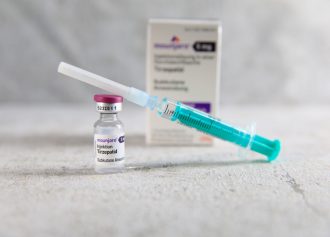
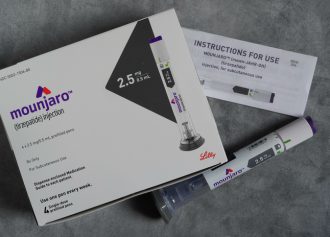
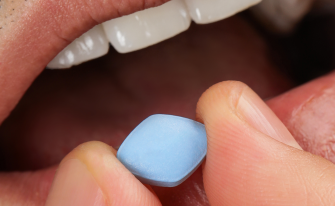





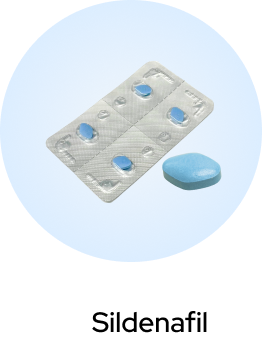
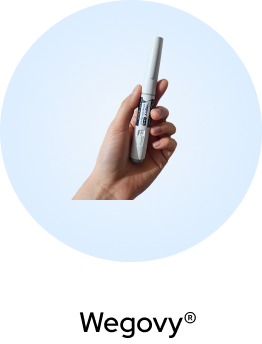
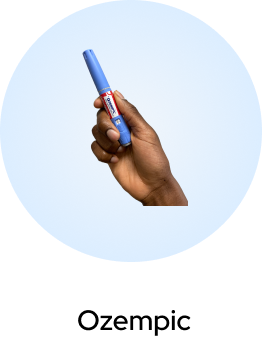


 (US)
(US)